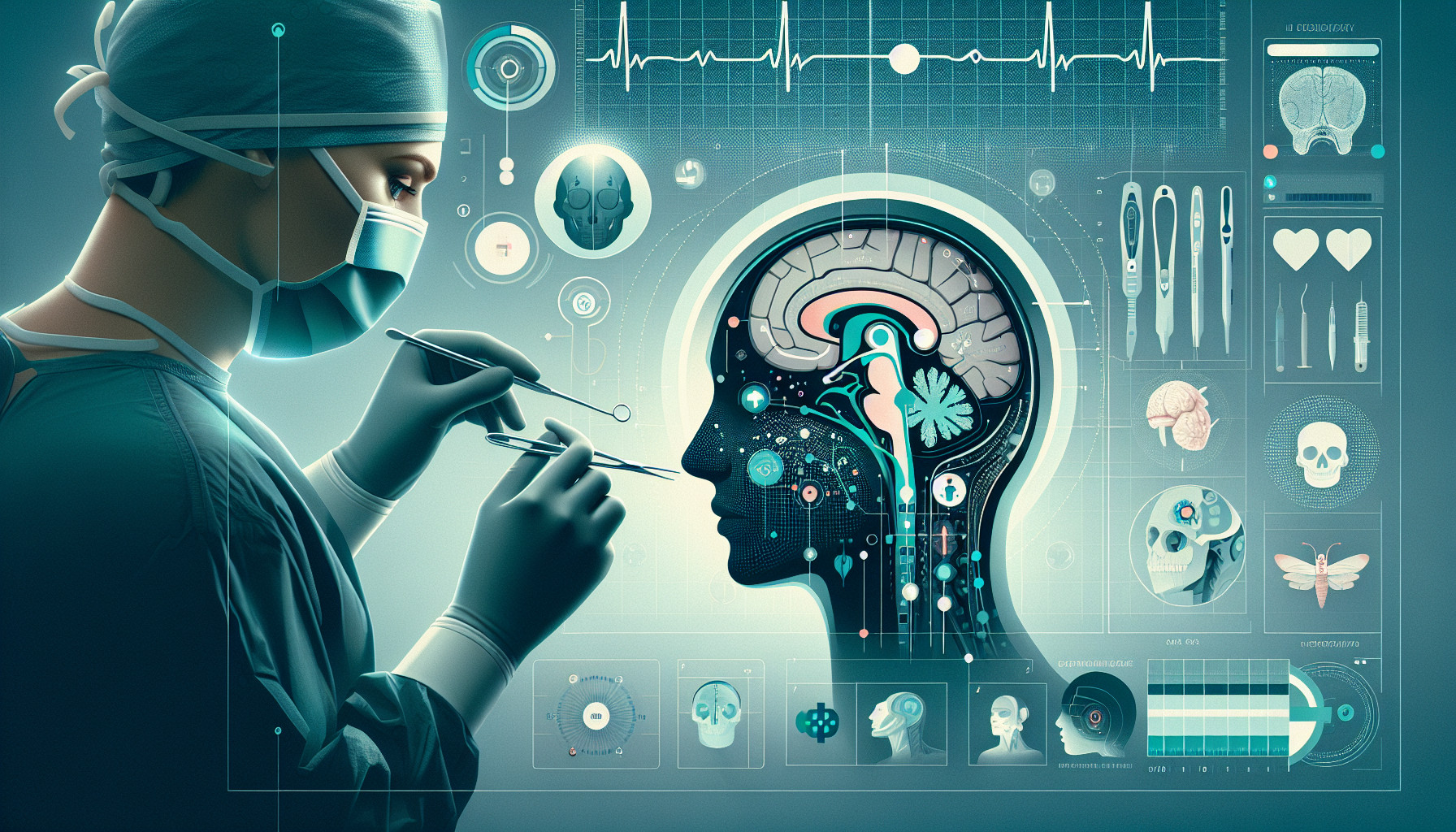Our Summary
This research paper provides a retrospective look at the progress of cosmetic dentistry over the past century. The aim of dental treatment is to replicate natural teeth and create beautiful smiles, tailored to each patient’s unique needs. The available methods to achieve this have greatly improved in recent years, thanks to new treatment options, better dental materials, and innovative techniques and technologies. The paper discusses the most significant advancements in the field, such as the creation of universal beauty standards for teeth based on natural aesthetics, anatomy, and facial features. It also mentions the development of teeth whitening, advanced restoration and prosthetics, largely enabled by novel dental adhesion methods. Impressive progress in orthodontics, gum treatments and oral and facial surgery has also been made. More recently, digital technologies have been used for 3D planning and creation of natural-looking, personalized, and beautiful smiles. Looking towards the future, the authors predict that artificial intelligence and machine learning will automate the processes of evaluating aesthetics, designing smiles, and planning treatments.
FAQs
- What advancements have been made in cosmetic dentistry in recent years?
- How have digital technologies been used in cosmetic dentistry?
- What is the future prediction for the use of artificial intelligence and machine learning in cosmetic dentistry?
Doctor’s Tip
A doctor may advise a patient undergoing maxillofacial surgery to follow post-operative care instructions carefully to ensure proper healing and minimize the risk of complications. This may include taking prescribed medications, eating soft foods, avoiding strenuous activities, and attending follow-up appointments as scheduled. It is important for the patient to communicate any concerns or changes in their condition to their healthcare provider promptly.
Suitable For
Patients who may be recommended for maxillofacial surgery include those with congenital facial deformities, such as cleft lip and palate, as well as those with acquired facial injuries or defects due to trauma or disease. Other patients who may benefit from maxillofacial surgery include those with severe malocclusions (misaligned jaws), temporomandibular joint disorders, obstructive sleep apnea, and facial asymmetry. Additionally, patients with facial tumors or cysts, as well as those in need of orthognathic surgery to correct functional and aesthetic issues with the jaw, may also be recommended for maxillofacial surgery. Ultimately, the decision to undergo maxillofacial surgery is made on a case-by-case basis by a multidisciplinary team of healthcare professionals, including oral and maxillofacial surgeons, orthodontists, and other specialists.
Timeline
Initial consultation: The patient meets with the maxillofacial surgeon to discuss their concerns, goals, and medical history. The surgeon evaluates the patient’s condition and recommends a treatment plan.
Pre-surgery preparation: The patient undergoes pre-operative tests and imaging to assess their oral and facial structure. They may also be required to follow pre-surgery instructions such as fasting and medication adjustments.
Surgery day: The patient arrives at the hospital or surgical center for the procedure. The surgeon administers anesthesia, performs the surgery, and monitors the patient’s condition throughout the operation.
Recovery period: After the surgery, the patient is monitored in the recovery room until they are stable. They may experience pain, swelling, and bruising in the days following the surgery, which can be managed with medication and proper care.
Follow-up appointments: The patient meets with the surgeon for post-operative check-ups to monitor their progress and address any concerns. The surgeon may recommend additional treatments or adjustments to optimize the results of the surgery.
Long-term maintenance: The patient is advised on how to care for their oral and facial health following the surgery. They may need to follow a specific diet, practice good oral hygiene, and attend regular dental appointments to maintain the results of the surgery.
What to Ask Your Doctor
What specific maxillofacial surgery procedure do you recommend for my condition?
What are the potential risks and complications associated with the surgery?
What is the expected recovery time and post-operative care for this surgery?
How many times have you performed this specific surgery, and what is your success rate?
Are there any alternative treatment options available for my condition?
Will I need any additional dental work or treatments in conjunction with the maxillofacial surgery?
How will this surgery impact my facial appearance and overall oral health?
What are the long-term results and benefits of this surgery?
How much will the surgery cost, and will it be covered by my insurance?
Can you provide me with before and after photos of patients who have undergone similar maxillofacial surgery procedures?
Reference
Authors: Blatz MB, Chiche G, Bahat O, Roblee R, Coachman C, Heymann HO. Journal: J Dent Res. 2019 Nov;98(12):1294-1304. doi: 10.1177/0022034519875450. PMID: 31633462
